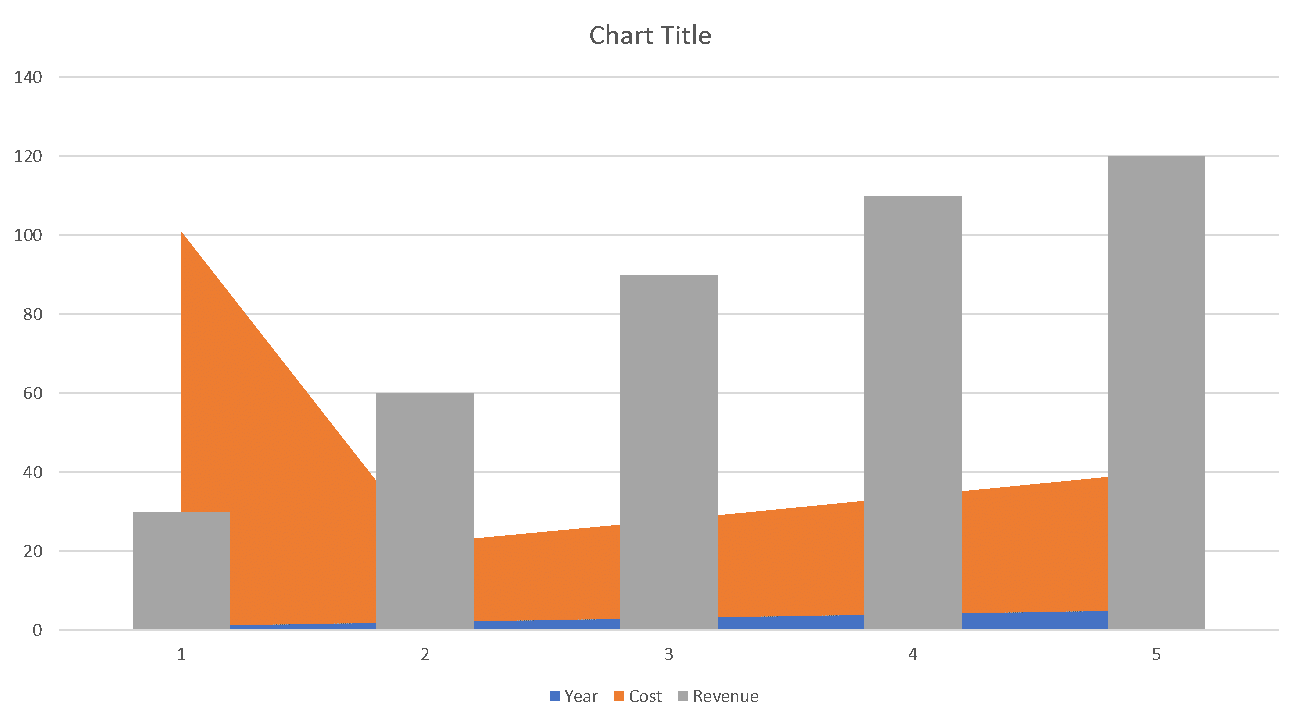The paradigm has shifted to e-learning completely since the arrival of COVID19. A huge number of companies have invested in employee training, Educational sector has fully incorporated with e-learning infrastructure. The investment in online education has taken a deep upward shift. Along with the investment, it is mandatory to measure the ROI of e-learning courses to understand how effectively you are getting the profit back.
According to statistics, only 35% of organizations measure their ROI of e-learning courses.
Yes, many of them may be profitable in an overall structure.
But having an accurate measurement will guide you to scale your business easily. If you have a clear idea about your ROI you can plan your future investments efficiently.
In this article, we are going to discuss more about the ROI of e-learning courses and how to calculate it.
The term ROI stands for return on investment. This matrix is an essential concept in business and marketing. ROI is commonly used to calculate the return on an investment and is also considered a performance indicator. The ratio is expressed in numbers, either as a ratio or as a percentage. It is usually a time-bound measure (i.e., referring to a specific period).
ROI can be applied to various investments, from equipment to real estate and investments in training programs, expansion into new markets, etc.

For Example Person A has invested $ 25000 overall in creating his mastermind courses.
He managed to get enrollments for the courses worth $ 75000 at the end.
ROI = ( (75000-25000)/25000 )*100 = 200%
which means he got $3 for every single dollar he spends. That means he is clearly profitable.
What is the ROI of e-learning Courses?
In the e-learning process, usually, there are two to three parties involved. First is the e-learning course provider, secondly the course student, and thirdly the employer of the course student.
- For e-learning course provider
This may involve the cost of setting up the e-learning from scratch, the development of e-learning courses, etc. For example, an e-learning course institute with one training course to sell may not recover its business setup cost in the first year. It may take two or more years to break even. In that case, it will not be fair to base business success on first-year ROI measurement. Look at the below example:


The first-year cost was 100, while the revenue was 30. By the second year, the total cost was 120, and the total revenue was 90. By the second year, the business had not broken even. By the third year, total expenses were 145, while revenue for three years grew to 180. It was the first time ROI was more than expenditure. The business had finally seen success in being profitable. So it took three years for the company to become profitable. It would have been unfair to judge the success of a business based on the first-year ROI.
- For e-learning course student
This category has a wide range. Someone is seeking to move from unemployment to employment or increase their income by acquiring additional skills or upgrading existing skills. Sometimes benefits or gains from the course may not even be tangible in terms of dollars and cents. How about measuring an ROI of a course that helps people become better at managing relationships or acquiring new hobbies. And ROI will be subject to the expectations and perception of the beneficiary. For some, if a course makes even a slight positive difference, they may value it highly. But for others, even though the training course offered significant achievement but still below the student’s expectations. It would not be easy to justify the ROI based on such parameters as personal expectations and perceptions.
- For Employers
For businesses that engage in eLearning, ROI is the same as traditional ROI; the only difference is that it helps the business gauge the monetary benefits of providing online training to its employees. It includes the cost spent on designing and implementing a training course. These costs are compared to the benefits that your employees and your company receive from it. An eLearning program is considered successful if the business can prove that its benefits outweigh the costs. Companies use eLearning ROI as a performance measure to assess whether a training program is worth the investment.
Ideally, businesses should evaluate the ROI twice; before conducting the course and after finishing the course. The difference in before and after course ROI will give a clearer picture of the course’s impact on employees.
How to Measure the eLearning ROI?
There is not a single agreed-upon tool for measuring e-learning ROI. However, one model has been prevalent to calculate eLearning ROI. This model is called Kirkpatrick’s model. It was first introduced back in the 1950s. It has been so helpful and convenient to use that even after 70 years, it is still very popular.
Kirkpatrick’s model
This model has four levels known as:
- Reaction: How did the participants like the training course? How did the participants feel?
The purpose for this level is plain; it evaluates how individuals react to the training course by asking questions. These questions would help figure out if the participant enjoyed their experience and if they found the material used in the program was helpful for their work. This method of evaluation is usually referred to as a “smile sheet.”
Kirkpatrick emphasized that the organization should assess each training program to improve the training program in the future. The participants’ reaction to the questions will help figure out if they will be interested in future programs. A positive response to these questions will not guarantee participation in future programs. However, an adverse reaction to this evaluation will undoubtedly mean that participants will not be interested in future training programs.
- Learning: this stage is about what the employee learned from the e-learning training course. Common ways to measure this are post-tests or practical tasks that show the person has discovered a new skill or improved an existing skill. Individual and team assessments are also used to measure this stage.
- Transfer and Behaviour: This stage determines whether participants applied the new skills in their everyday work. This test analyses the training course participants’ behavior before and after the training course. Positive change in the conduct of employees would point to the effectiveness and improved ROI of the training course. This is a more visible and noticeable change.
- Results: What did the changed behavior ultimately accomplish? This is the primary purpose of this whole ROI measurement. For example, did the work environment change for the better? Has the product or service quality improved? Has the cost or expenditure gone down? Has the number of accidents or incidents decreased? Has the morale of the employees improved? Has the customers’ feedback for the company, products, services, or employees improved? Positive changes in those matrixes would reflect towards positive ROI of the training course.
Benefits of calculating the ROI of e-learning courses?
For the businesses, positive ROI will mean that training for the employees pays off, becoming part of the company culture. For training institutes, gathering such data can be used to leverage the sales to new customers. Moreover, testimonials of the happy students and statistics of positive ROI for the customers help boost e-learning courses’ sales.
As we told above, measuring the ROI of e-learning courses will give you insights about
- How the courses are performing
- Which are the courses/domain which give more revenue and which is less sold
- future investment areas
- Where the investment is leaking
Try out eduJournal for listing your courses or if you are a student or business looking for corporate training courses, find out more at our home page.



Please enter input field